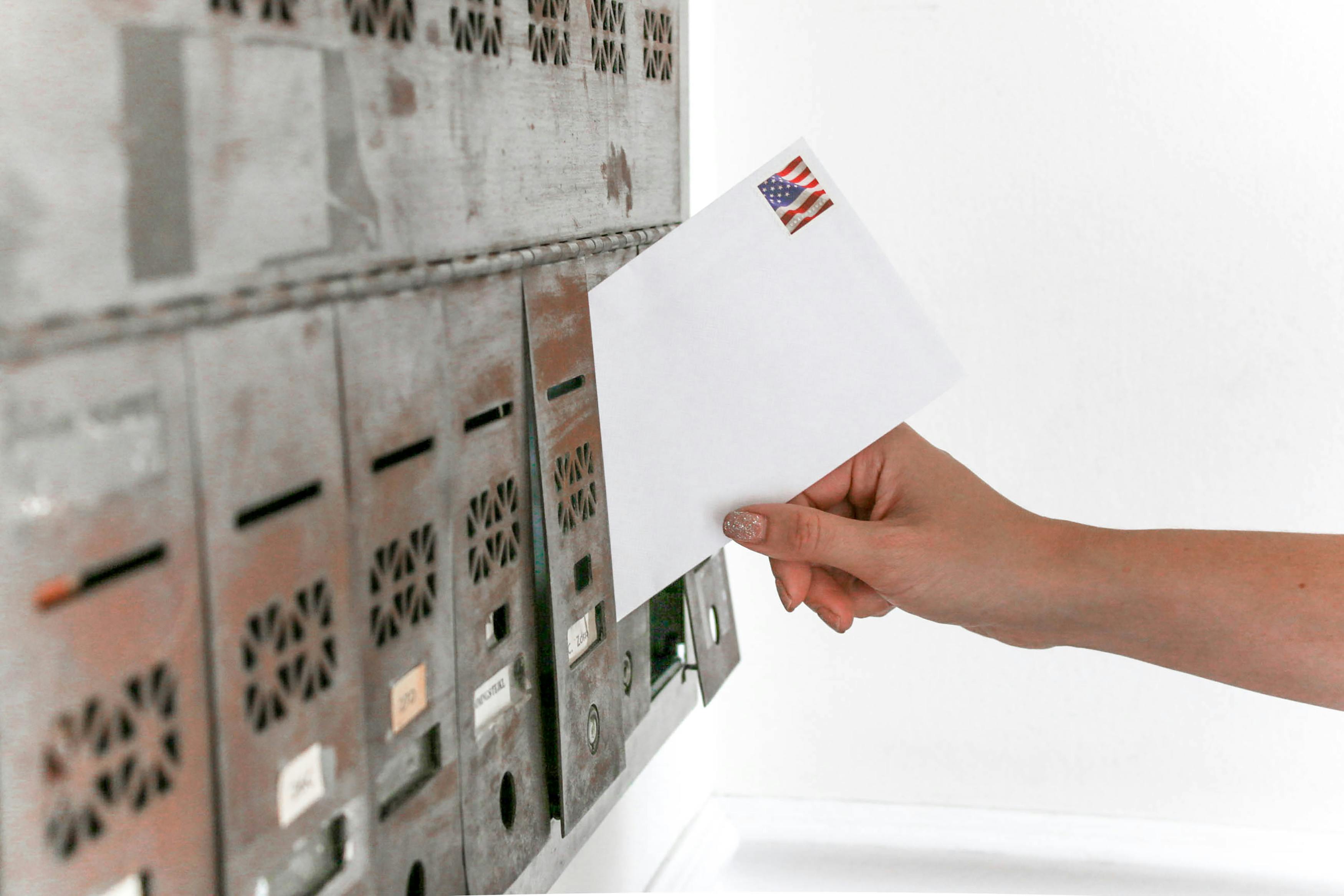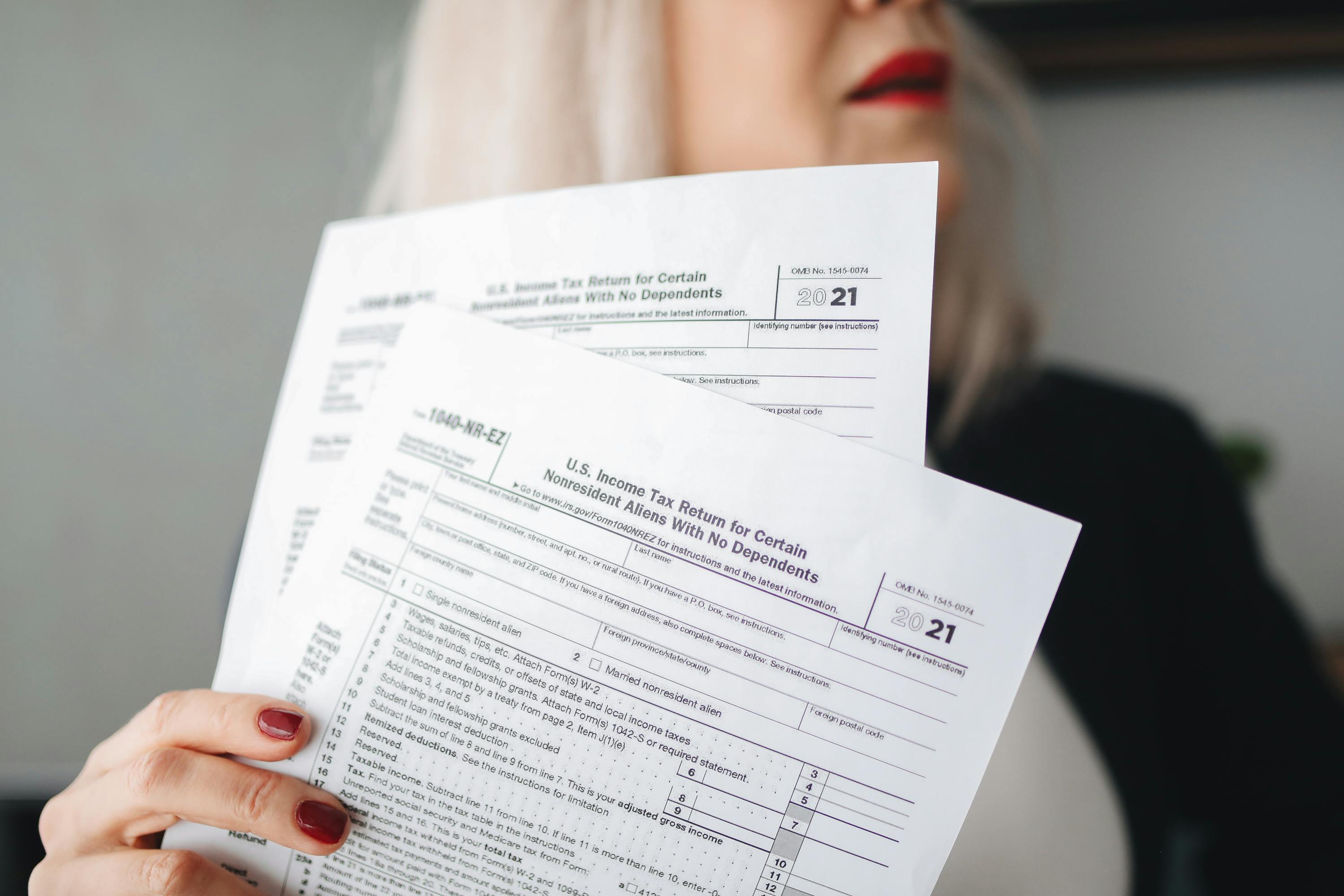Key Takeaways:
- You can forward a deceased person’s mail by submitting a change of address request at the post office with proper documentation.
- Only legal representatives can request USPS mail forwarding for a deceased person.
- Stopping mail and removing the deceased from mailing lists helps protect against identity theft.
When a loved one passes away, there are countless responsibilities to take care of—some expected, others not. One often-overlooked task is managing their mail. While it may seem minor, forwarding mail after death is crucial for protecting the deceased's identity and handling their legal affairs. Letting mail pile up or go to an old address can lead to missed bills, sensitive information exposure, and even fraud.
In this guide, we walk you through everything you need to know about forwarding mail for a deceased person, including how to submit a USPS change of address, stop junk mail, and notify the post office of a death.
{{blog-cta-checklist-small}}
Why Forwarding Mail After Death Matters
Taking the time to set up USPS mail forwarding for a deceased person offers several important benefits:
- Prevents identity theft and fraud
Unattended mail can be a goldmine for criminals. Stopping or forwarding a deceased person’s mail protects their personal information. - Ensures important documents reach you
Mail related to taxes, insurance, bank accounts, and legal matters often continues to arrive. Forwarding mail helps the executor stay informed. - Keeps estate management organized
During probate, having all the deceased’s mail come to one address helps with timely decision-making and recordkeeping.
Who Can Forward Mail of a Deceased Person?
Not just anyone can request USPS mail forwarding for a deceased person. Only individuals with legal authority are allowed to do so:
- Executor or administrator of the estate
If you're named in the will or appointed by the court, you can forward the deceased's mail. - Immediate family members
Some post offices may allow close family to request forwarding if they provide a certified death certificate and documentation of their relationship. - Power of Attorney is no longer valid
It’s important to know that power of attorney ends at death. You cannot forward mail using POA documentation.
How to Submit a USPS Change of Address for a Deceased Person
Unfortunately, forwarding mail for a deceased individual cannot be done online. Here’s what you need to do:
- Visit your local post office in person
Tell the clerk you need to forward mail for someone who has died. This service is not available online or over the phone. - Complete PS Form 3575
This is the standard mail forwarding USPS form. Indicate the request is for a deceased person. - Bring required documentation:
- Certified copy of the death certificate
- Your government-issued photo ID
- Proof of authority (e.g., court order naming you executor or administrator)
Make sure to use the "change of address post office" process specifically for deceased mail forwarding.
USPS Death Change of Address: What Happens Next
Once you've submitted the change of address post office form:
- Mail will be forwarded for up to 12 months
This gives you time to settle the estate and notify relevant organizations. - You’ll begin receiving the deceased’s mail
At the address you specified on the form. - You must still notify individual senders
Banks, government agencies, insurers, and others won’t automatically know the address has changed. Be proactive in updating records.
How to Stop Mail for a Deceased Person Permanently
If you don’t want to receive any of the deceased person’s mail, or want to stop junk mail, follow these steps:
- Mark unwanted mail “Deceased—Return to Sender”
This lets the sender know the recipient has passed away. Over time, this reduces mail volume. - Visit DMAchoice.org
Register the deceased’s name to stop marketing and junk mail. This is the most effective way to remove them from mailing lists. - Contact frequent senders directly
Call or write to banks, utility companies, or subscription services. Ask them to update their records. - Report persistent mail issues
If you continue receiving large amounts of unwanted mail or suspect mail fraud, contact the USPS Mail Inspection Service for help.
{{blog-cta-checklist-large}}
FAQs
1. How do I notify the post office of a death?
Visit your local post office with a death certificate, your ID, and legal proof of authority. Ask to submit a change of address for a deceased individual.
2. Can I change a deceased person’s address online?
No. USPS requires in-person submission for deceased mail forwarding.
3. How do I forward mail for a deceased parent or spouse?
If you are the legal executor or administrator, bring documentation and follow the USPS process at your local post office.
4. How do I stop junk mail for a deceased person?
Use DMAchoice.org and mark mail as “Deceased—Return to Sender.” Notify frequent senders directly.
5. What if someone is fraudulently forwarding a deceased person’s mail?
Report suspected mail fraud to the USPS Inspection Service immediately.
Forwarding mail for a deceased person may seem like a small task, but it's a critical step in managing an estate and protecting your loved one’s identity. By submitting a USPS change of address for a deceased individual, you ensure that important information reaches the right hands—and that potential scammers don’t take advantage. With proper documentation and a short trip to the post office, you can redirect mail and give yourself peace of mind during a difficult time.
Need help handling the many moving parts of estate settlement? Visit Elayne’s Automated Estate Settlement platform to simplify the process and stay organized through every step.
*Disclaimer: This article is for informational purposes only and does not provide legal, medical, financial, or tax advice. Please consult with a licensed professional to address your specific situation.


















































